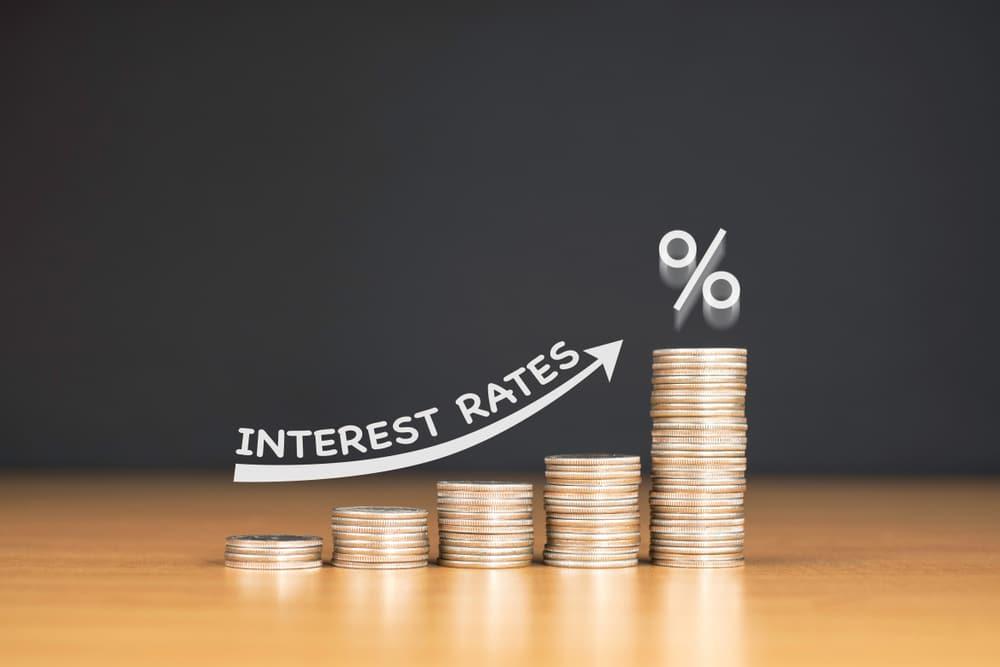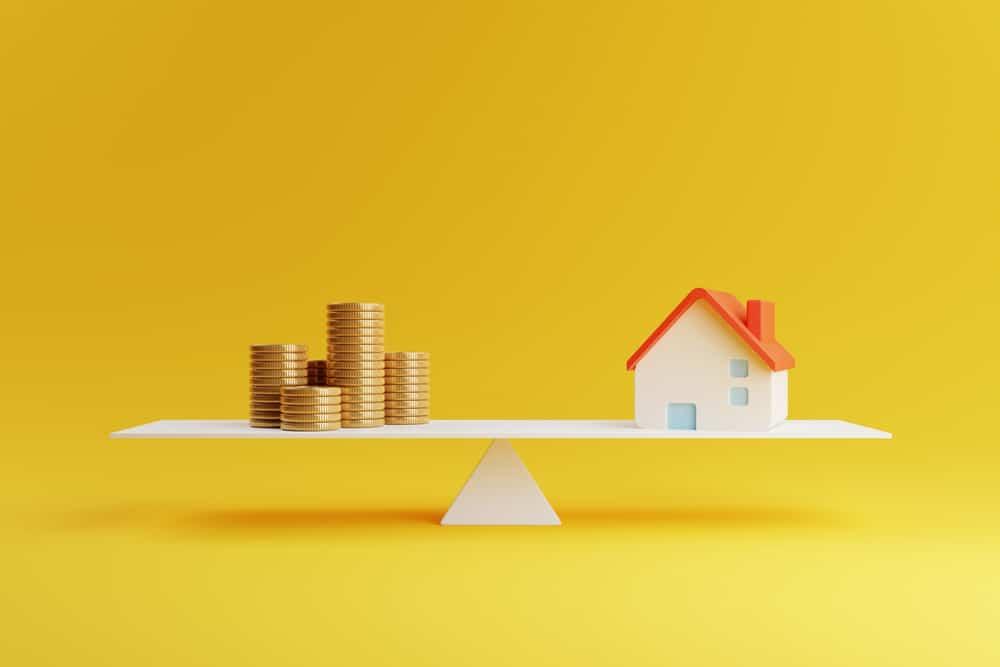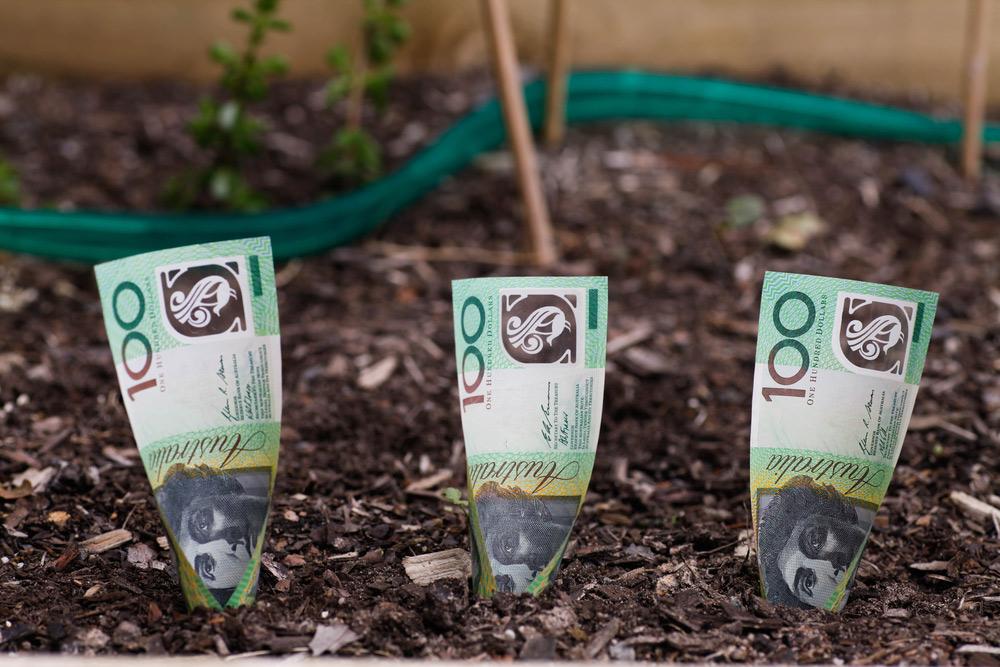
How To Prepare for a Rise in Interest Rates
Right now, in Australia, we are experiencing a record low in interest rates – meaning cash is cheap and it’s a great time to borrow and invest.
But it’s unlikely to last. In fact, it’s not a matter of if more than it is when…
Smart property investors know that it’s dangerous to get too comfortable. Real estate is an ever-changing thing. Markets go up, down and plateau – and so do interest rates.
The question is, how prepared are you for a sudden spike?
PLAN AHEAD NOW
The key to being ready is having a strategy.
Before you spend a single cent on property, you should first devise a long-term plan that takes into account:
- Changing interest-rates
- Changes in capital growth
- Emergencies
- Changes in personal circumstance
Let’s be clear.
While a clever strategy considers and plans for all of the above, the end-game itself is NEVER influenced by any of these changing factors. Instead, because these variables are anticipated and accounted for, investors can remain focused and unphased by market distractions or disturbances.
DOUBLE DOWN ON OPPORTUNITY
If you’ve invested or held property in Australia in the past 12 months you’ve probably locked in some low-interest rates.
Hopefully your rent rates are healthy and you’re in a positive cash flow situation, with more money coming in from your investment than is going out.
What you do with that cash flow will make all the difference if interest-rates rise.
Spend it on assets that look pretty but don’t appreciate – think cars, jet skis, expensive clothes etc – and you’re not taking advantage of a good situation.
WHEN THE GOING GETS TOUGH, THE BUFFER GETS GOING
Instead of splashing out on high-ticket items because of the savings you’re making off low-interest rates, use this opportunity to get ahead of the game.
The number one thing property investors need to do when the going is good, is to create a financial buffer for each of their investment properties.
A buffer is an emergency amount of capital or money that investors can use. The key to this buffer is that it’s liquid. It’s real cash that you can get your hands on easily and quickly.
A buffer protects you if your circumstances change, if a tenant doesn’t pay rent, or if something in the property breaks and needs a fast replacement.
It also means that when interest rates increase and your rent rates take a while to catch up, you stay in the black.
Over time, if you continue to pay into the kitty, this buffer can even allow you to renovate your property when it needs a lift, which will help to keep your rent rates high.
We recommend having anywhere from $5-10k per property to make sure you never have to put your hand in your own pocket for when the unexpected happens.
As property investors we want 100% of the cost of our properties – that’s renos, insurance, emergency maintenance and any interest-rates spike – to come out of a buffer, and not our pockets.
Talk to the coaches at TRC-Gorod about how to structure your strategy so that your buffers are healthy enough to keep your properties paying for themselves.
DEVELOPING YOUR INVESTOR STRATEGY
There’s no denying that everyone has an opinion regarding the real estate market right now, but the truth is, no-one is an expert except the experts! They’ve been in the game long enough to see how the different property cycles work and what you need to be aware of right throughout your investment journey.
Learn more about how you can take advantage of the current property market at one of our free property investor seminars. You’ll be led by a team of professionals who have demonstrated experience working across all types of markets so you can optimise your ability to grow a budding portfolio, create passive income and get set for the future – whatever that may look like for you.
Spaces are limited.
Recent Articles
An Investor’s Guide to Multi-Income Properties
When it comes to building a booming property portfolio, diversity is key! There are four primary multi-income types that Australian investors can buy at the moment.
Property Cash Flow Basics For Creating Passive Income
Buying real estate is similar to running a business – good performance is derived from your ability to generate cash flow. For a property investor, this means eventually living off the passive income that your real estate generates. Therefore, it is especially important that you map out your ability to build a portfolio that will deliberately achieve this level of success from the get-go.
How Property Investors Can Reduce Tax Down To Zero!
Those who own real estate are subject to many, different kinds of tax. Some tax is unavoidable. Other kinds of tax are legally, 100% avoidable – or at least able to be reduced substantially. With the Victorian government recently announcing a rise in the land tax threshold it’s even more important that property investors know where they can and should minimise the tax they pay.
A Property Investor’s Guide To Depreciation
Every smart property investor knows that to create and maintain a portfolio, we need to have good cash flow. One of the ways we can support this is by using depreciation and tax. But, just like equity, depreciation only works for us if we know how to access and then leverage it.
A Property Investors Guide To Guaranteed Rental Increases
Rent is your weekly or monthly incomes from your property. And it’s an income you don’t work for. It’s the absolute key to good cash flow and passive income, so it’s essential you are able to keep raising your rents at regular intervals. But, what makes it possible for property investors to do this?
The Only Time You Should Sell An Investment Property
The golden rule of property investing is to buy well and NEVER SELL. However, there are always exceptions to the rule… Firstly, let’s look at why you would keep an investment property? If you buy a great piece of real estate, in the right location, it will always create a passive income for you, so there will be no reason to sell it.
House vs Apartment – Which Is Better for Capital Growth?
Many property investors favour one type of property – either apartments or houses. While there are pros and cons to both, which we will discuss here, one of the often forgotten advantages of houses is the investment you’re making not only in the bricks, but also in the land. Land value in itself increases over time, and investment in a piece of land also provides opportunity to renovate, subdivide and develop, all of which lead to greater capital growth.
Use Equity To Create Cashflow in 4 Simple Steps!
Equity is an interesting topic when it comes to real estate. Smart property investors know that equity can play a key part in creating passive income that accumulates over time, allowing us to eventually work less and ultimately do more of what we love. But in order to be able to use equity to create passive income, there are some important steps property investors need to take right at the beginning of their journey.
Economy Bounce-back Better Than Expected, What Investors Need To Know
Bouncing back much faster – and stronger – than predicted post-COVID, the Reserve Bank of Australia (RBA) is anticipating a good end to 2021, and a great 2022. But with so much uncertainty over the last 12 months, it’s hard to know if this economy is here to stay, and if so, how it will impact property investors in the long-run.












